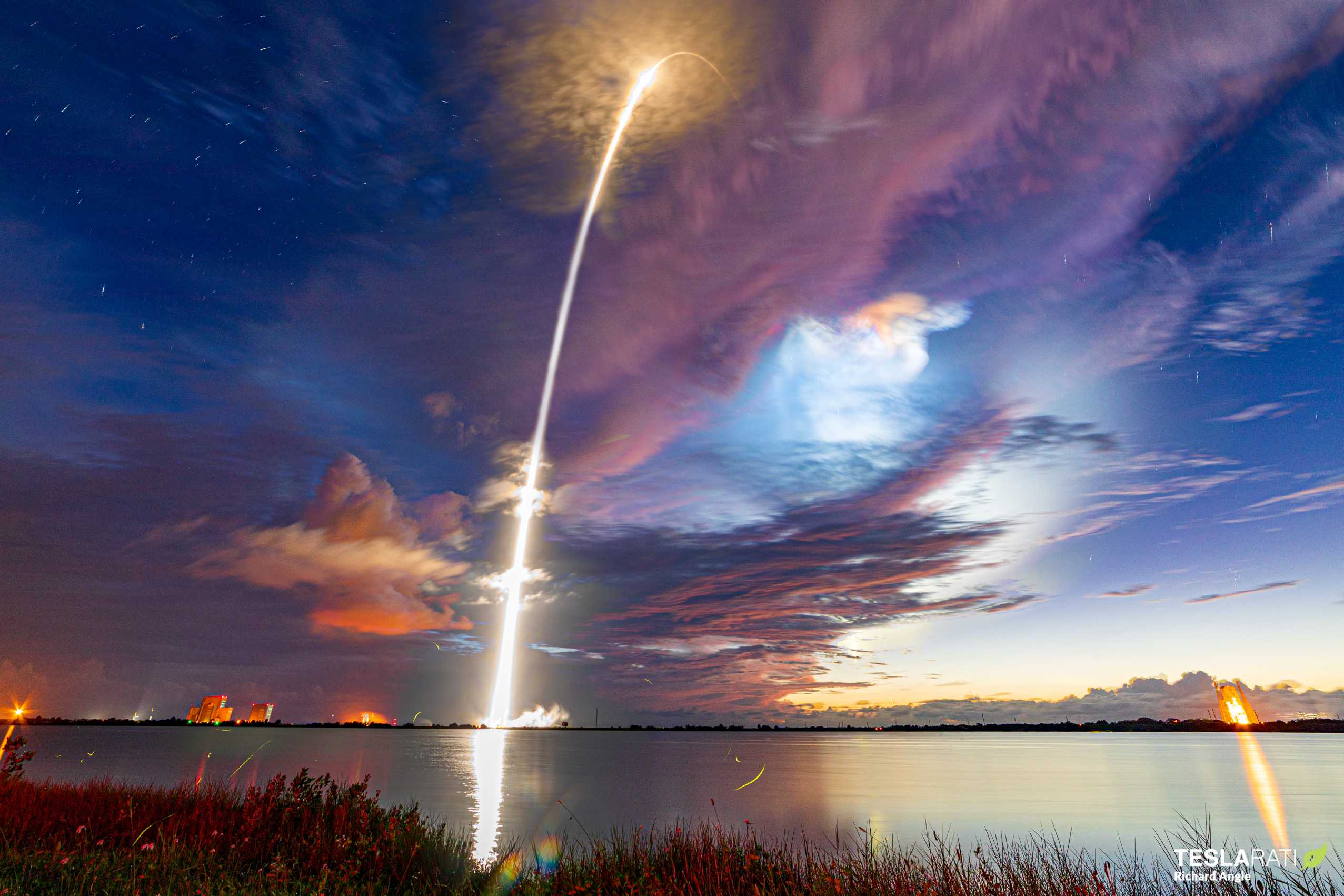
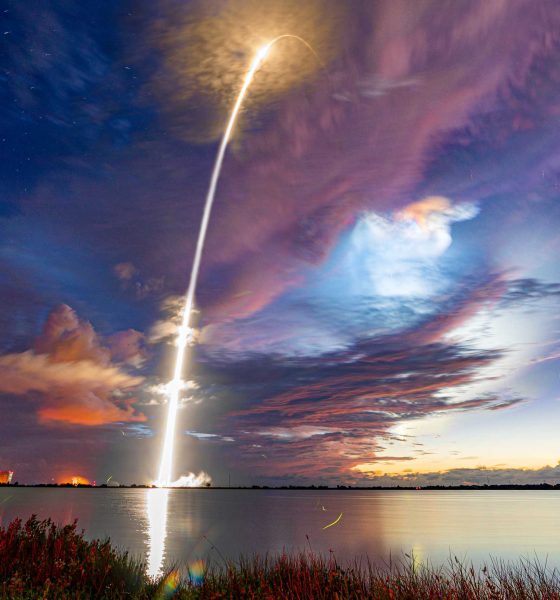
News
SpaceX Starlink launch to kick off a potentially record-breaking July
SpaceX’s eighth Starlink mission of the year is just a handful of days away from liftoff, kicking off a potentially record-breaking month after the same launch was delayed from June to July.
Now, instead of June 2020 potentially becoming SpaceX’s first four-launch month, July is now the newest candidate for the milestone. Known as Starlink V1 L9 or Starlink-9, SpaceX’s second Starlink rideshare – carrying 57 Starlink satellites and two BlackSky Earth imaging spacecraft – is scheduled to launch no earlier than noon (ish) EDT (~16:00 UTC) on Wednesday, July 8th. If the schedule holds, that means Starlink-9 will fly just eight days after SpaceX’s successful June 30th launch of the third US military GPS III satellite.
In other words, SpaceX has swapped the GPS III SV03 and Starlink-9 launch order, moving from NET June 30th and June 22nd, respectively, to June 30th and July 8th – still eight days apart. Such a rapid East Coast launch cadence is only possible because of SpaceX’s use of separate launch pads LC-40 and LC-39A, located just a few miles apart at the Cape Canaveral Air Force Station (CCAFS) and Kennedy Space Center.
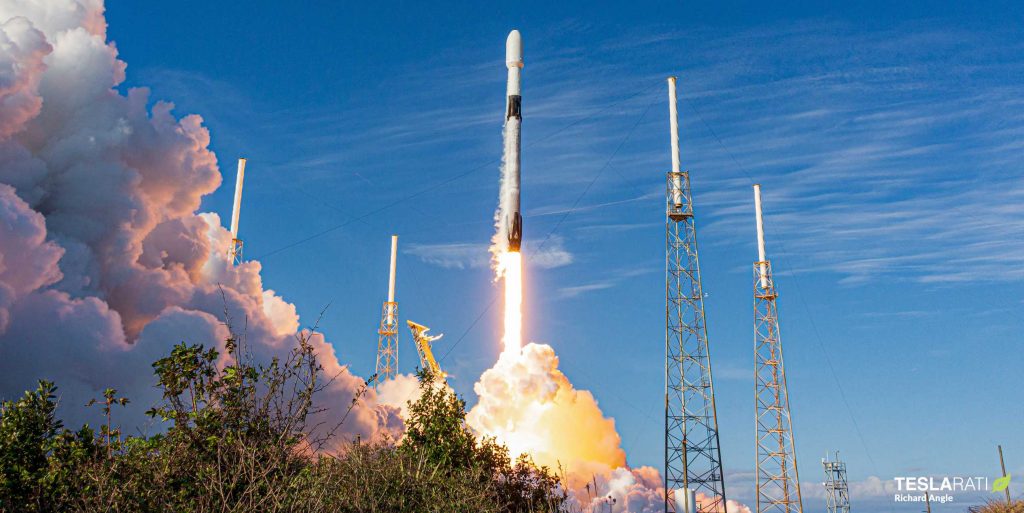
Set just a few weeks ago, SpaceX’s single pad turnaround record is a few hours shy of 10 days and was achieved at LC-40 with back-to-back Starlink launches. Using Pad 39A and LC-40 simultaneously means that post-launch refurbishment need not constrain SpaceX’s turnaround capabilities, although it does constrain the overall launch cadence SpaceX can achieve. It’s unknown how much of SpaceX’s LC-40 and Pad 39A workforce is shared, so there may actually be some less visible limits to multi-pad launch turnaround, but SpaceX has technically performed two launches just a day or two apart from separate Florida and California pads.
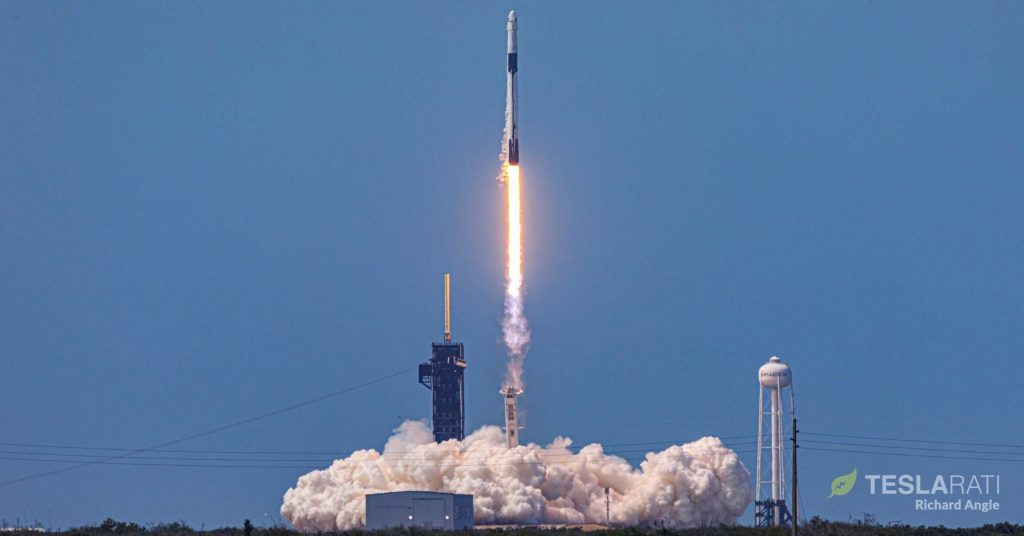
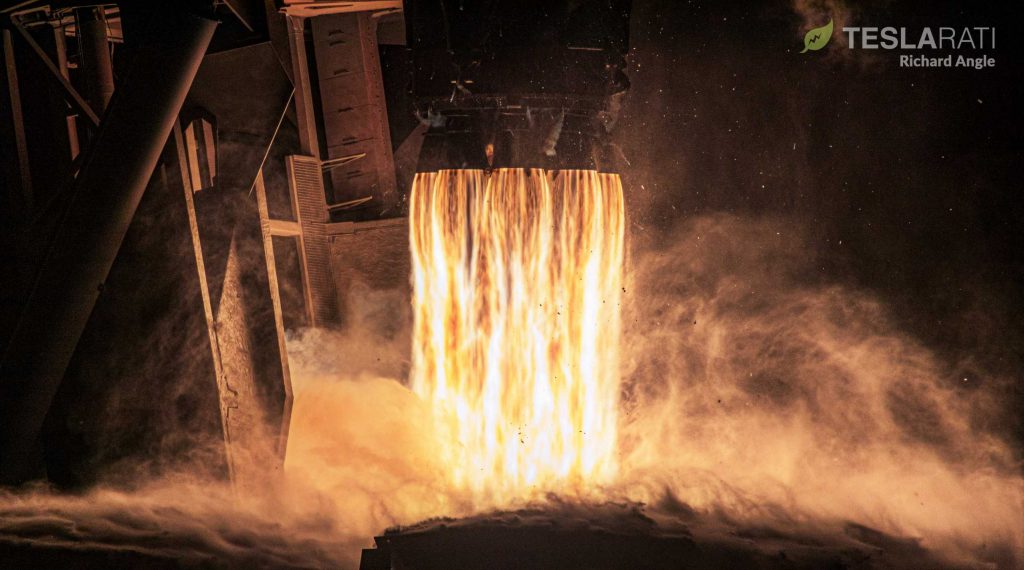
On top of LC-40’s pad turnaround record, SpaceX’s Florida turnaround record was also set just a few weeks ago when the company successfully launched two NASA astronauts (Pad 39A) and 60 Starlink satellites (LC-40) less than five days apart. In theory, if SpaceX can turn around both pads in just ten days, the company could maintain a five-day launch cadence almost indefinitely, enabling up to 70+ launches annually.
That level of launch activity is a ways away, though. At the moment, SpaceX has yet to launch four times in the some month (or ~30 days) since its first flight in 2006. Given that very few rockets in history can actually claim to have achieved the same milestone, it’s far from a detriment to SpaceX, but high launch cadence is a critical component if the company hopes to quickly launch thousands of Starlink satellites. Before Starlink-9 slipped from June 22nd to July 8th, there was a real possibility that June 2020 would be the company’s first four-launch month.
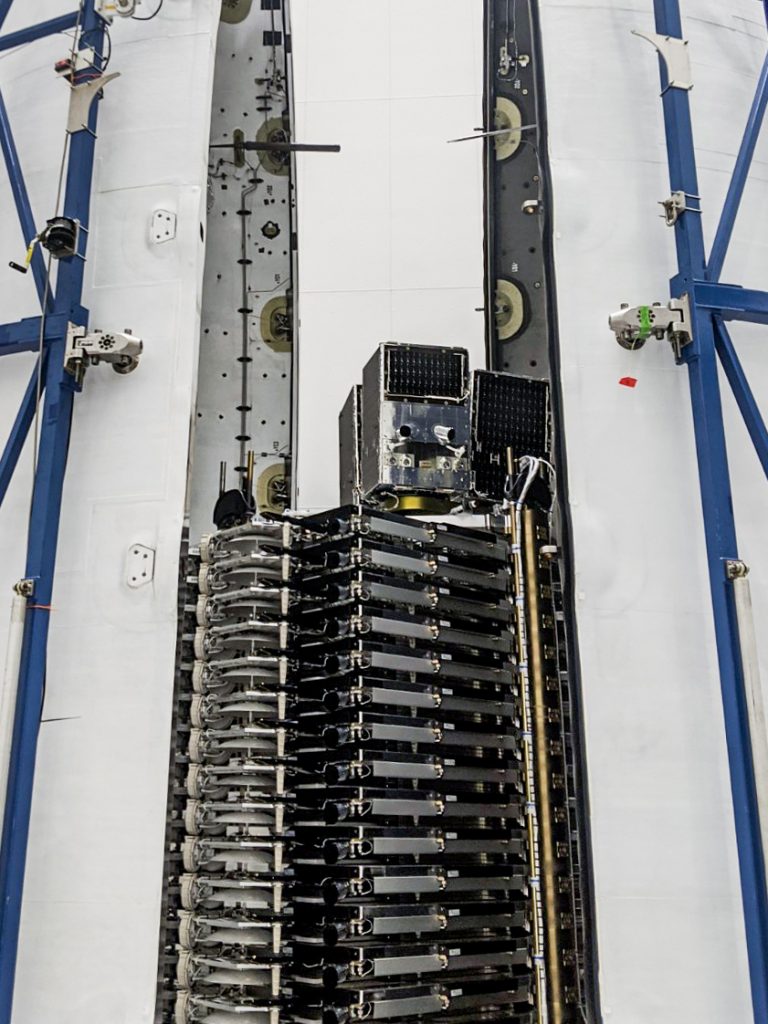
Now, that opportunity has been handed off to July. As of now, SpaceX has four launches – one somewhat tentative – scheduled this month. Starlink-9 has a relatively firm July 8th target from Pad 39A, followed by South Korea’s ANASIS II military communications satellite NET July 14th from LC-40. Finally, Argentinian radar satellite SAOCOM 1B and SpaceX’s own Starlink-10 missions could launch just a few days apart, again using both Pad 39A and LC-40. SAOCOM 1B could easily slip into August or even further, though, as the mission was originally delayed from March 30th by the coronavirus pandemic, which is far from over.
The fact that SpaceX has gone from zero opportunities for a four-launch month to two back-to-back suggests that even if it doesn’t happen in July 2020, the milestone is close at hand.
Check out Teslarati’s Marketplace! We offer Tesla accessories, including for the Tesla Cybertruck and Tesla Model 3.

Cybertruck
Tesla Cybertruck undergoes interior mod that many owners wanted

Tesla Cybertruck is significantly different from traditional pickups on the market in a lot of ways. However, one feature that was recently modified with its interior was a highly requested characteristic that is present in other trucks, but was void from Cybertruck.
Tesla went with a five-seat configuration with Cybertruck: two in the front and three in the back. The spacious interior is matched with plenty of storage, especially up front, as a pass-through, center console, and other storage options, but some Tesla fans wanted something different: bench seating.
Bench seating is popular in many full-size pickups and allows three passengers to sit up front. The middle seat is usually accompanied by a fold-down storage unit with cupholders.
Tesla decided to opt for no bench seating up front, despite the fact that it equipped bench seating in the unveiling in 2019. Interior photos from the unveiling event from nearly six-and-a-half years ago show Tesla had originally planned to have a six-seat configuration.
This was adjusted after the company refined the design:

(Tesla Cybertruck interior configuration in 2019)
Despite Tesla abandoning this design, it does not mean owners were willing to accept it. One owner decided to modify their Tesla Cybertruck interior to equip that third seat between the driver’s and passenger’s thrones.
The fit is snug, and while it looks great, it is important to remember that this does not abide byregulations, as it would require an airbag to be technically legal. Please do not do this at home with your own Cybertruck:
- Credit: @blueskykites
- Credit: @blueskykites
- Credit: @blueskykites
The Cybertruck is a popular vehicle in terms of publicity, but its sales have been underwhelming since first delivered to customers back in 2023. It’s hard to believe it’s been out for two-and-a-half years, but despite this, Tesla has not been able to come through on its extensive order sheet.
This is mostly due to price, as Cybertruck was simply not as affordable as Tesla originally planned. Its three configurations were initially priced at $39,990, $49,990, and $69,990. At release, Cybertruck was priced above $100,000.
This priced out many of those who had placed orders, which is the main reason Cybertruck has not lived up to its expectations in terms of sales. The adjustments to the specific features, like the removal of the bench seat, likely did not impact sales as much as pricing did.
This modification shows some creativity by Tesla owners, but also shows that the Cybertruck could always be the subject of a potential refresh to include some of these features. Tesla routinely adjusts its vehicle designs every few years, so maybe the Cybertruck could get something like this if it chooses to refresh its all-electric pickup.
Elon Musk
Tesla CEO Elon Musk drops massive bomb about Cybercab
“And there is so much to this car that is not obvious on the surface,” Musk said.

Tesla CEO Elon Musk dropped a massive bomb about the Cybercab, which is the company’s fully autonomous ride-hailing vehicle that will enter production later this year.
The Cybercab was unveiled back in October 2024 at the company’s “We, Robot” event in Los Angeles, and is among the major catalysts for the company’s growth in the coming years. It is expected to push Tesla into a major growth phase, especially as the automaker is transitioning into more of an AI and Robotics company than anything else.
The Cybercab will enable completely autonomous ride-hailing for Tesla, and although its other vehicles will also be capable of this technology, the Cybercab is slightly different. It will have no steering wheel or pedals, and will allow two occupants to travel from Point A to Point B with zero responsibilities within the car.
Tesla shares epic 2025 recap video, confirms start of Cybercab production
Details on the Cybercab are pretty face value at this point: we know Tesla is enabling 1-2 passengers to ride in it at a time, and this strategy was based on statistics that show most ride-hailing trips have no more than two occupants. It will also have in-vehicle entertainment options accessible from the center touchscreen.
It will also have wireless charging capabilities, which were displayed at “We, Robot,” and there could be more features that will be highly beneficial to riders, offering a full-fledged autonomous experience.
Musk dropped a big hint that there is much more to the Cybercab than what we know, as a post on X said that “there is so much to this car that is not obvious on the surface.”
And there is so much to this car that is not obvious on the surface
— Elon Musk (@elonmusk) January 2, 2026
As the Cybercab is expected to enter production later this year, Tesla is surely going to include a handful of things they have not yet revealed to the public.
Musk seems to be indicating that some of the features will make it even more groundbreaking, and the idea is to enable a truly autonomous experience from start to finish for riders. Everything from climate control to emergency systems, and more, should be included with the car.
It seems more likely than not that Tesla will make the Cybercab its smartest vehicle so far, as if its current lineup is not already extremely intelligent, user-friendly, and intuitive.
Investor's Corner
Tesla Q4 delivery numbers are better than they initially look: analyst
The Deepwater Asset Management Managing Partner shared his thoughts in a post on his website.

Longtime Tesla analyst and Deepwater Asset Management Managing Partner Gene Munster has shared his insights on Tesla’s Q4 2025 deliveries. As per the analyst, Tesla’s numbers are actually better than they first appear.
Munster shared his thoughts in a post on his website.
Normalized December Deliveries
Munster noted that Tesla delivered 418k vehicles in the fourth quarter of 2025, slightly below Street expectations of 420k but above the whisper number of 415k. Tesla’s reported 16% year-over-year decline, compared to +7% in September, is largely distorted by the timing of the tax credit expiration, which pulled forward demand.
“Taking a step back, we believe September deliveries pulled forward approximately 55k units that would have otherwise occurred in December or March. For simplicity, we assume the entire pull-forward impacted the December quarter. Under this assumption, September growth would have been down ~5% absent the 55k pull-forward, a Deepwater estimate tied to the credit’s expiration.
“For December deliveries to have declined ~5% year over year would imply total deliveries of roughly 470k. Subtracting the 55k units pulled into September results in an implied December delivery figure of approximately 415k. The reported 418k suggests that, when normalizing for the tax credit timing, quarter-over-quarter growth has been consistently down ~5%. Importantly, this ~5% decline represents an improvement from the ~13% declines seen in both the March and June 2025 quarters.“
Tesla’s United States market share
Munster also estimated that Q4 as a whole might very well show a notable improvement in Tesla’s market share in the United States.
“Over the past couple of years, based on data from Cox Automotive, Tesla has been losing U.S. EV market share, declining to just under 50%. Based on data for October and November, Cox estimates that total U.S. EV sales were down approximately 35%, compared to Tesla’s just reported down 16% for the full quarter. For the first two months of the quarter, Cox reported Tesla market share of roughly a 65% share, up from under 50% in the September quarter.
“While this data excludes December, the quarter as a whole is likely to show a material improvement in Tesla’s U.S. EV market share.“











